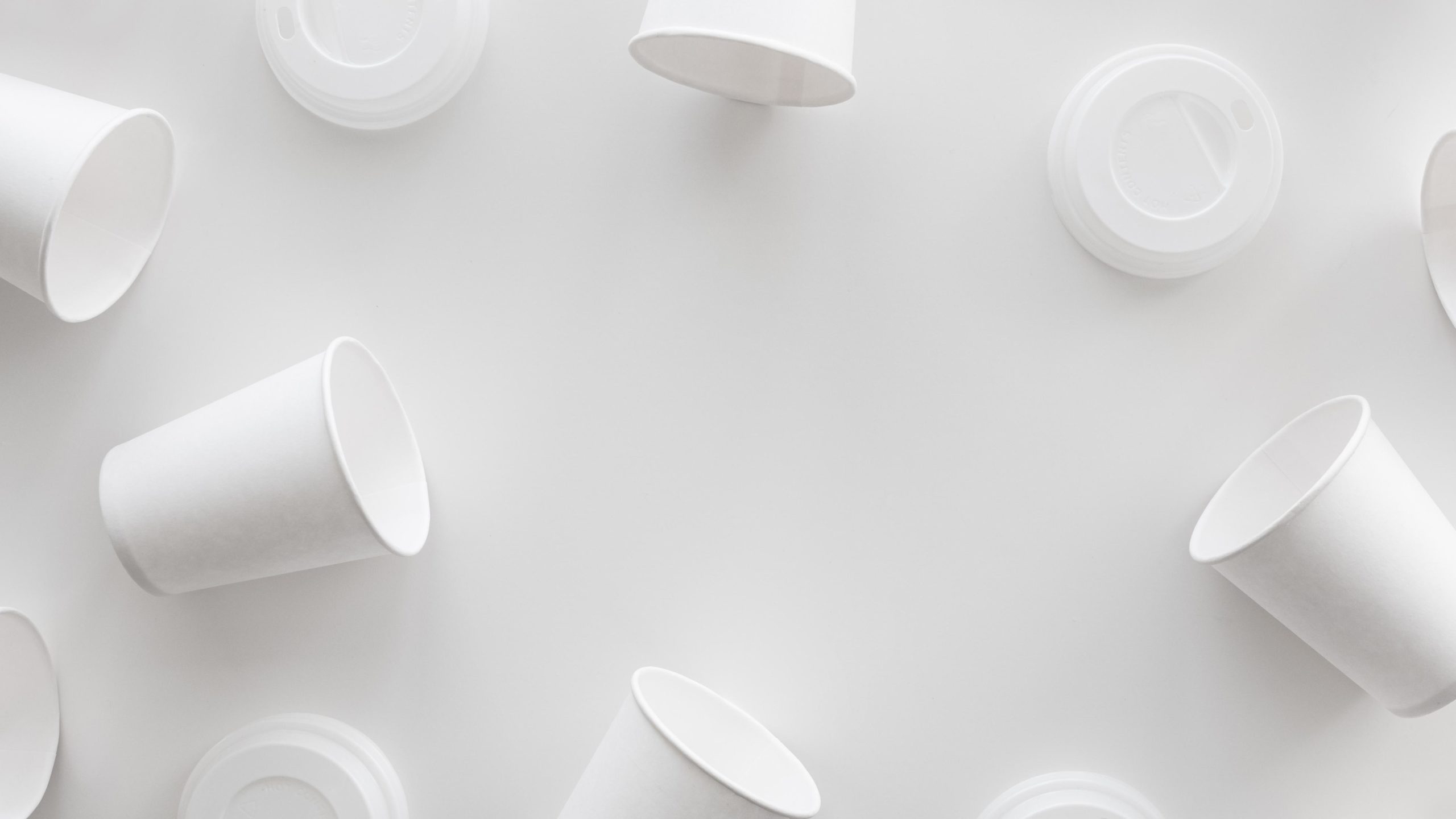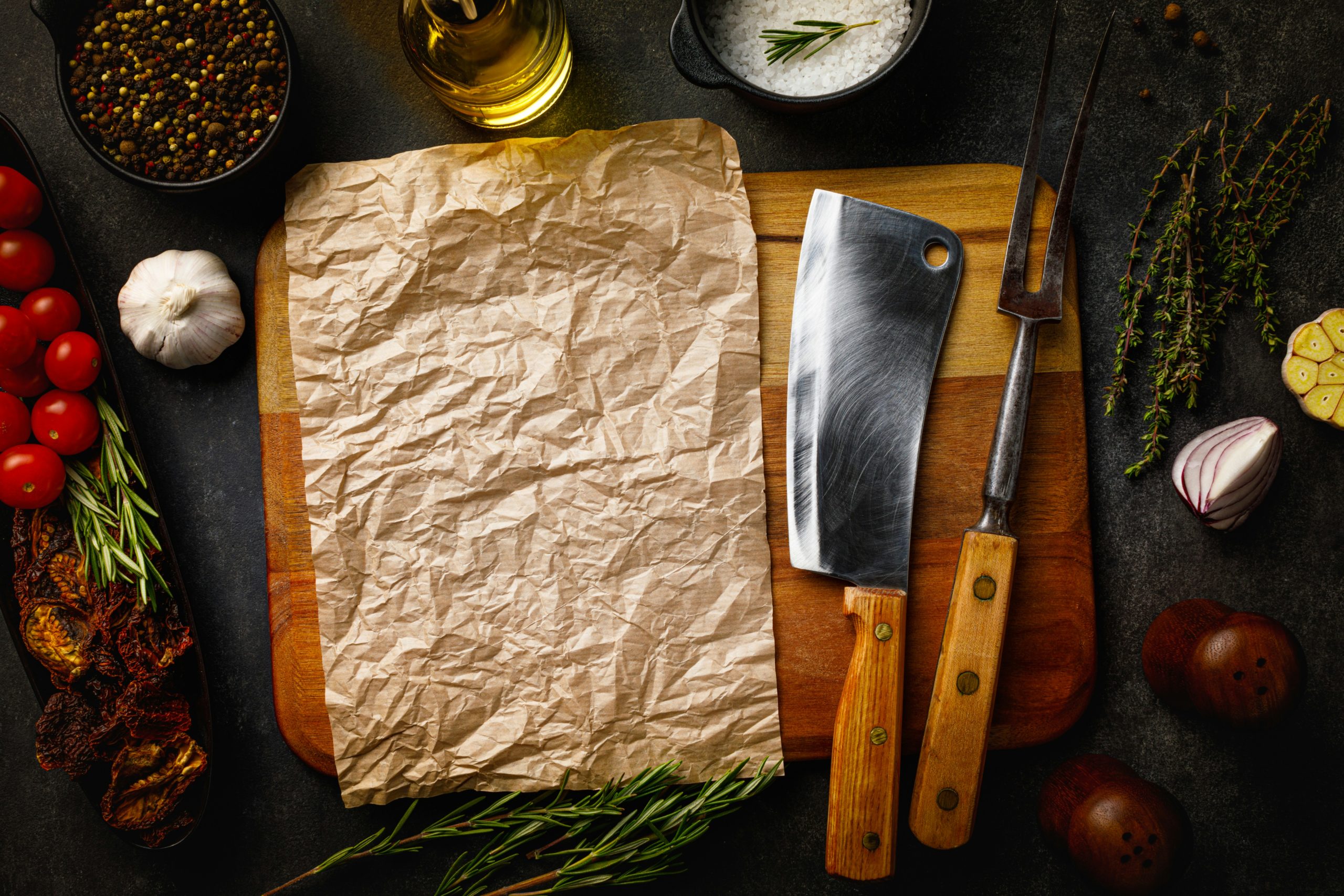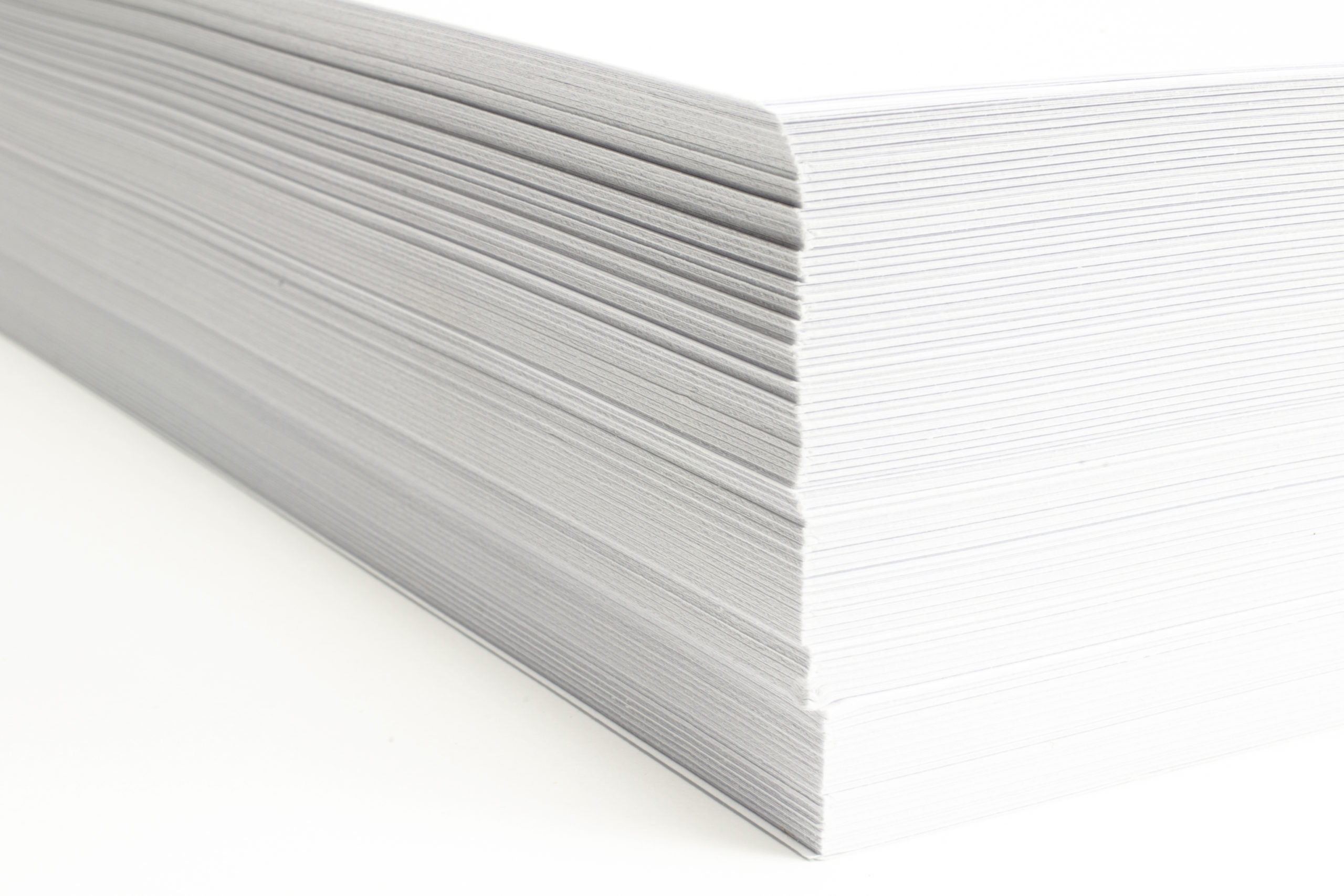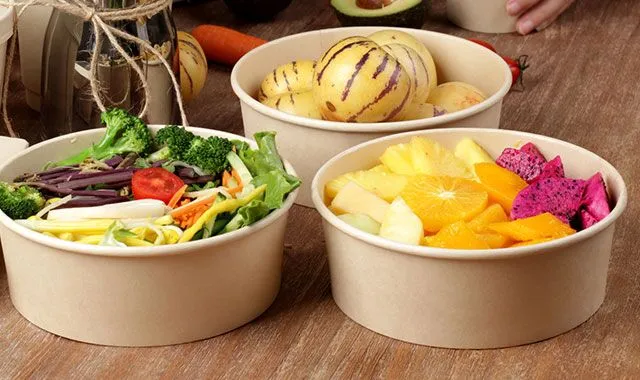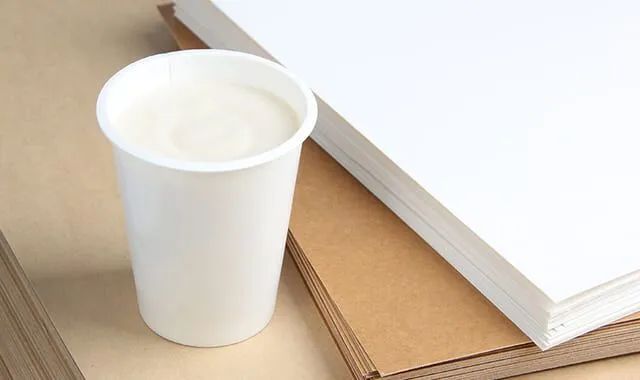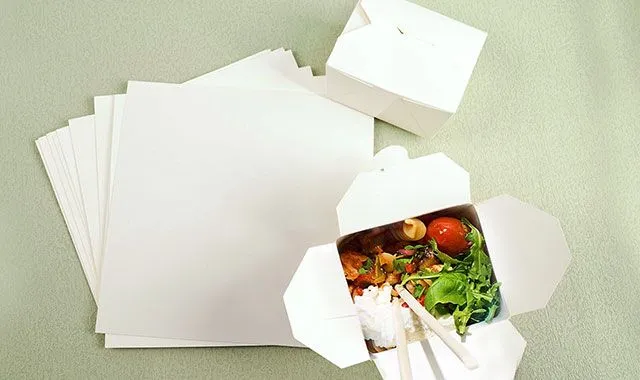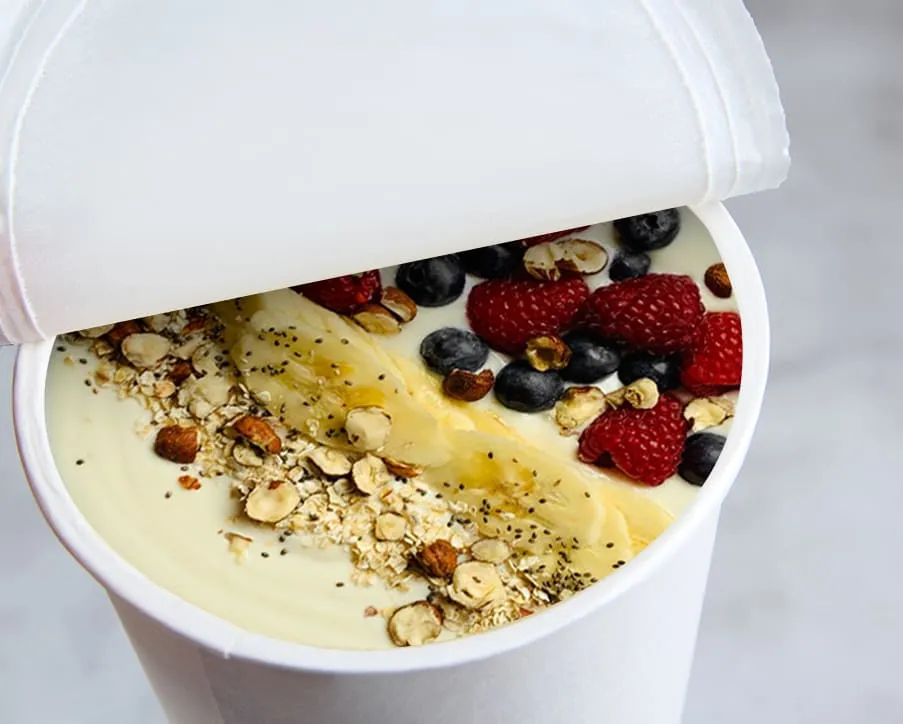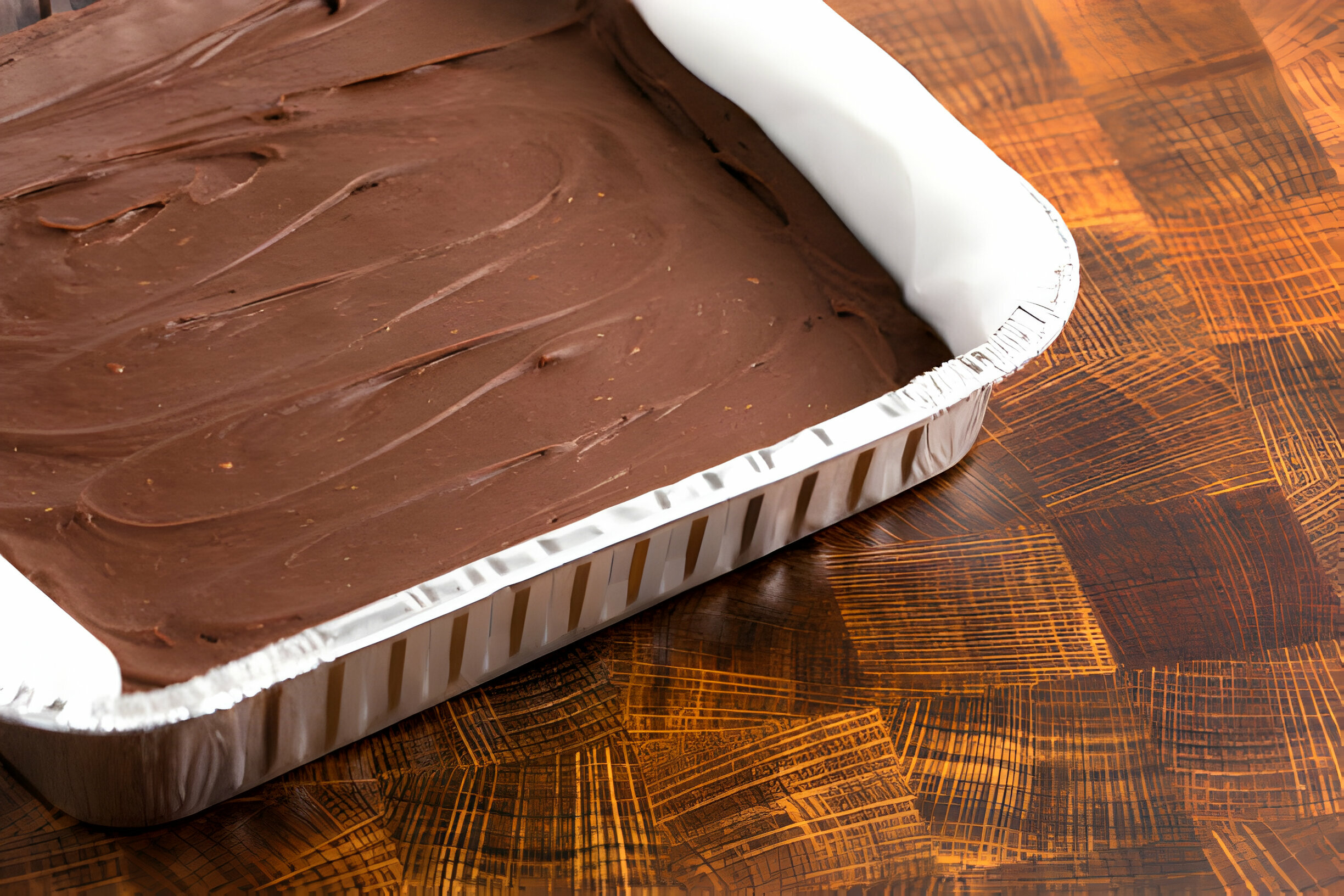
Parchment paper is a non-stick and heat-resistant material commonly used in cooking and food preparation processes. Food-safe parchment paper is specifically designed for contact with food and is a food-grade material. This type of paper is widely used in the food industry, especially for baking, roasting, packaging, and storage.
Features of Food-Safe Parchment Paper:
-
Non-Stick Property:
Parchment paper exhibits non-stick properties when in contact with food; this prevents food from sticking to molds or trays during baking. This is particularly useful for cookies, bread, cakes, and pastries.
-
Temperature Resistance:
Due to its high temperature resistance, parchment paper can be used in the oven or on the stovetop at high temperatures. It is typically designed to withstand temperatures of 200°C and above.
-
Oil and Liquid Resistance:
Parchment paper is resistant to oils and liquids; this feature protects the outer surface of food and prevents products from becoming greasy or wet.
-
Breathability:
The breathable structure of parchment paper helps retain moisture in baked goods after baking, keeping them soft. It also helps the exterior of the products become crispy.
-
Food Safety:
Parchment paper manufactured as food-grade must be suitable for contact with food. This means the paper must be made from materials that comply with food health and safety standards. It generally contains very little chemical content and ensures safe storage of food products.
-
Environmentally Friendly Options:
Many food-safe parchment papers are produced with biodegradable or recyclable properties. This is an important advantage for environmentally conscious consumers.
Applications of Food-Safe Parchment Paper:
-
Baking and Roasting:
Parchment paper is commonly used for baking cookies, cakes, biscuits, bread, and other baked goods. Its non-stick property prevents baked products from sticking to the pan.
-
Packaging:
In the food industry, parchment paper is used to wrap oily foods for fast food or food delivery. It can also be used to package products such as sushi or sandwiches.
-
Oil and Liquid Absorption:
Parchment paper is used for its oil absorption properties, especially when cooking oily foods. For example, after frying, it absorbs excess oil, making the product healthier.
-
Food Storage:
Food items, especially fresh foods such as vegetables, fruits, and meats, can be stored in the refrigerator using parchment paper. The paper helps maintain the moisture of the food and keeps the products fresh for a longer period.
Advantages of Food-Safe Parchment Paper:
-
Ease of Use:
Parchment paper placed on a baking tray allows for easy removal of food and saves time on cleaning.
-
High Performance:
Its high heat resistance makes food-safe parchment paper highly effective for baking and roasting processes.
-
Health and Hygiene:
Being free of chemicals makes parchment paper crucial for food safety. Additionally, it is generally resistant to bacterial growth.
-
Environmentally Friendly and Recyclable:
Since most food-safe parchment papers are recyclable or biodegradable, they are environmentally friendly.
Conclusion:
Food-safe parchment paper is a material that provides convenience, cleanliness, and health in cooking and food storage processes while meeting food safety standards. Its high temperature resistance, non-stick, and oil absorption properties make it an ideal choice, especially for baking and packaging processes. With environmentally friendly and recyclable options, it can also be preferred by environmentally conscious consumers.





